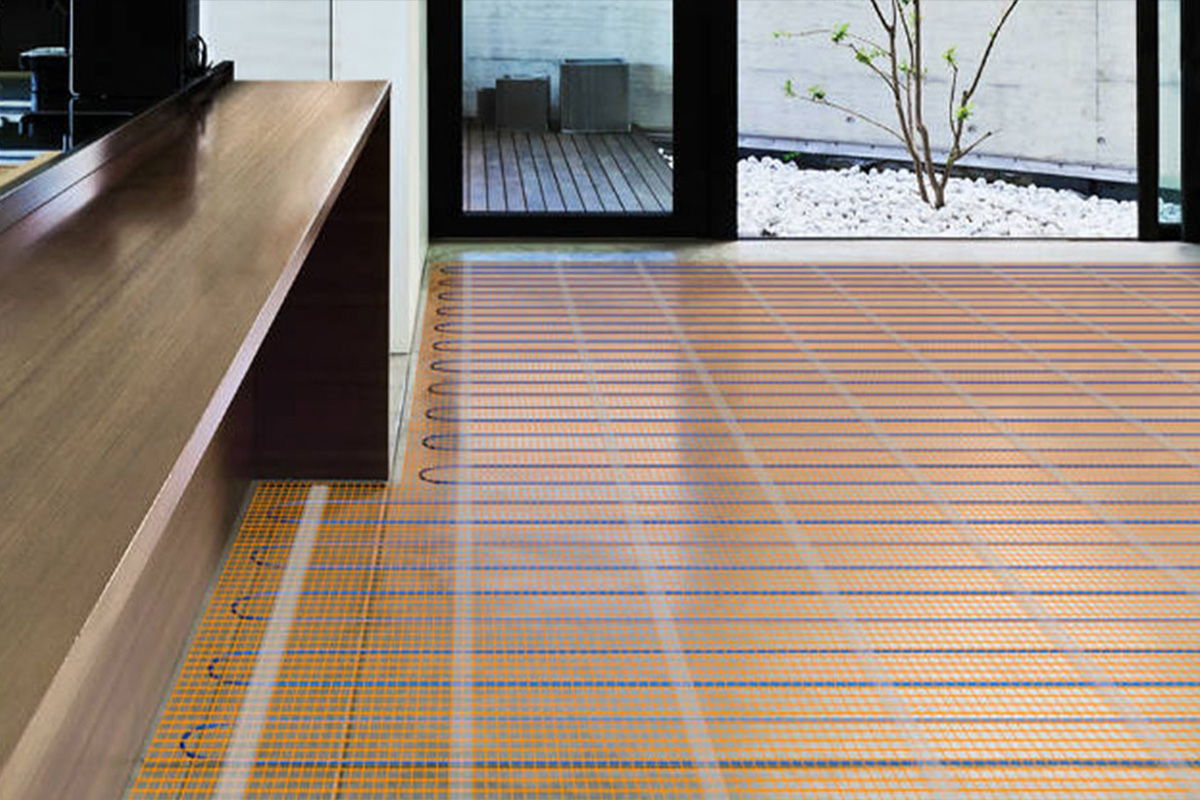The hydronic underfloor heating is expected to surpass USD 7.1 billion by 2030, as reported in a research study by Global Market Insights Inc. The rising demand for energy-efficient heating systems along with the shifting inclination toward improved alternatives for space heating solutions has accelerated product demand. Robust commercialization across emerging nations coupled with increasing construction activities has further elevated product demand between 2022 and 2030. Moreover, technological advancements in product design by making it easier to install combined with the growing deployment of advanced green space heating technologies primarily across cold climatic conditions will propel the industry growth.
The healthcare commercial application segment is projected to observe a substantial pace on account of the strict need to maintain good indoor quality, health safety, and aseptic conditions for hospital staff & patients. In addition, minimal operational costs and high output efficiency are some of the prominent factors fostering business expansion.
Request for a sample of this research report @ https://www.gminsights.com/request-sample/detail/268
The hydronic underfloor heating market across the retail commercial application segment is set to witness considerable traction owing to the increasing commercialization and consumer needs. Consistently improving consumer living standards in line with the mounting demand for advanced, compact, and optimized heating technologies will boost the product acceptance. Additionally, continuous research & development and product innovations by key industry players are further slated to foster the product demand. For instance, in March 2022, Danfoss launched a new line of electronic valve actuators called the A5 Series, which consist of the ABNM A5 electronic modulating valve actuator along with ABRA A5 electronic 2-position valve actuator. The new technologies are designed to work seamlessly with the company’s temperature control valves, which can be utilized in hydronic underfloor heating, fin tube heating systems, radiators, and other heating & cooling systems, thereby contributing to the overall heating & cooling market.
The North America market is predicted to grow at a CAGR of over 5% through 2030. Growing focus on carbon emissions in line with government funding & incentives toward the adoption of cost-effective space heating solutions will drive the business outlook. Furthermore, growing concerns toward product efficiency coupled with economic feasibility and low dependency on conventional fuels will further stimulate the business landscape.
Some prime findings of the hydronic underfloor heating market report include:
- The increasing urbanization rate combined with a rising proportion of energy-efficient heating solutions will accelerate the industry potential.
- The proliferation of residential & commercial establishments will fuel the business scenario.
- Major manufacturers operating across the market include Uponor Corporation, Eberle by Schneider Electric, REHAU AG, Hunt Heating, Danfoss, Warmup, Mitsubishi Electric Corporation, H2O Heating Pty Ltd., Daikin, Schluter Systems, Hurlcon Hydronic Heating, Robert Bosch GmbH, Amuheat, Honeywell International, Inc., Warmboard, Inc., and Polypipe.
- The increasing investments across residential, commercial, and industrial infrastructure coupled with the favorable regulatory framework will garner the hydronic underfloor heating industry deployment.
Request for customization of this research report at https://www.gminsights.com/roc/268
Partial chapters of report table of contents (TOC):
Chapter 2 Executive Summary
2.1 Hydronic underfloor heating industry 3600 synopsis, 2018 – 2030
2.1.1 Business trends
2.1.2 Facility trends
2.1.3 Application trends
2.1.4 Regional trends
Chapter 3 Hydronic Underfloor Heating Industry Insights
3.1 Industry ecosystem analysis
3.2 Innovation & sustainability landscape
3.3 Regulatory landscape
3.4 COVID- 19 impact on the industry outlook
3.5 Impact of Russia–Ukraine war on the industry
3.6 Industry impact forces
3.6.1 Growth drivers
3.6.1.1 Implementation of new energy efficiency directives
3.6.1.2 Extreme climatic conditions
3.6.1.3 Rapid rate of commercialization and urbanization
3.6.1.4 Stringent government regulations
3.6.1.5 Increasing standard of living
3.6.2 Industry pitfalls & challenges
3.6.2.1 High cost of retrofitting across prevailing building structures
3.7 Growth potential analysis
3.8 Porter’s Analysis
3.9 Competitive landscape, 2021
3.10 PESTEL Analysis



Get involved!
Comments